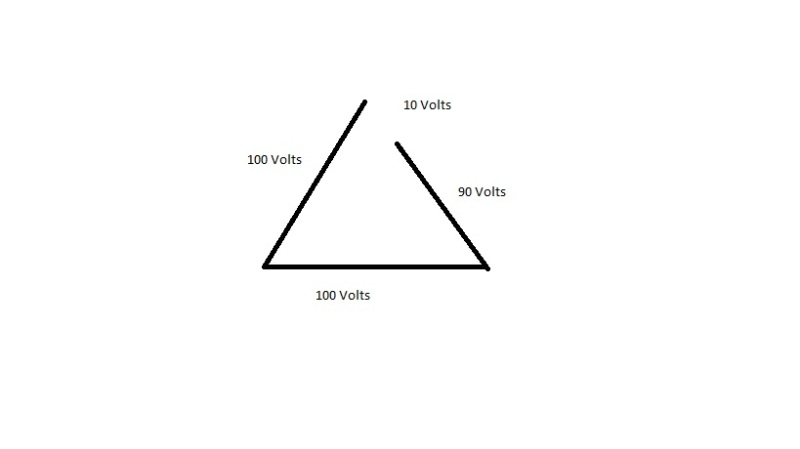We have a customer who has 480V solar array that is backfeeding a 120/208V building service via a 750KVA Dry-Type Grnd-Wye to Grnd-Wye step down transformer. This transformer has been provided with a grounded Delta tertiary winding
We have 4 wires (A,B,C,N,G) to the High side and Low side of each transformer – which land on the X0 and H0 bushing (respectively) on the transformer – the XO and H0 are not bonded together. The neutrals are not bonded to ground in transformer on either side. The Wye-Wye transformer configuration was requested by the utility.
The issue that we are having is that when energized and under no load (The breaker supplied from the 480V side of the transformer is open) the breaker feeding the low side of the transformer is showing a current reading of 120A per phase and 360A on the neutral.
We are trying to determine what is causing these currents, it appears to be a grounding/bonding issue. Does anyone any insight into what could be causing this circulating current and the proper bonding for the transformer.
We have 4 wires (A,B,C,N,G) to the High side and Low side of each transformer – which land on the X0 and H0 bushing (respectively) on the transformer – the XO and H0 are not bonded together. The neutrals are not bonded to ground in transformer on either side. The Wye-Wye transformer configuration was requested by the utility.
The issue that we are having is that when energized and under no load (The breaker supplied from the 480V side of the transformer is open) the breaker feeding the low side of the transformer is showing a current reading of 120A per phase and 360A on the neutral.
We are trying to determine what is causing these currents, it appears to be a grounding/bonding issue. Does anyone any insight into what could be causing this circulating current and the proper bonding for the transformer.

